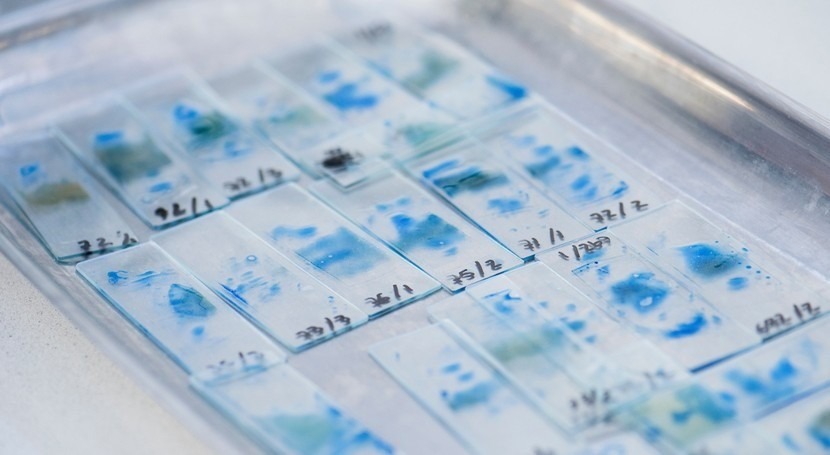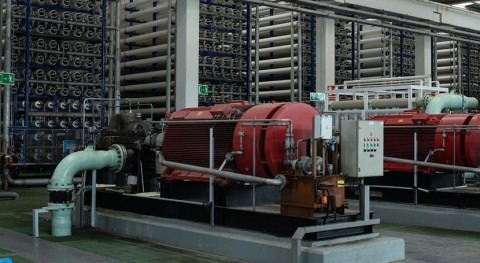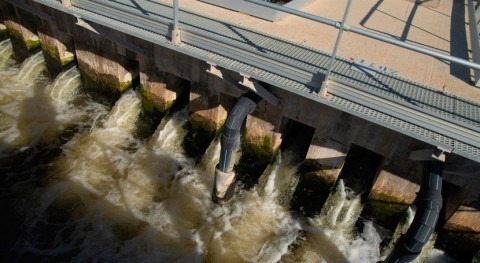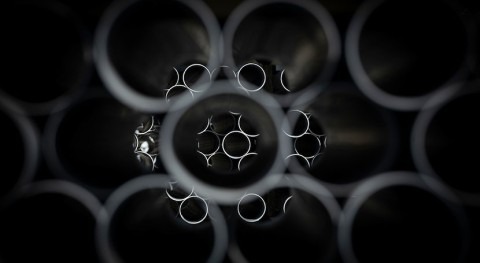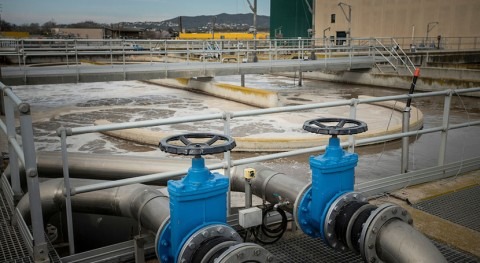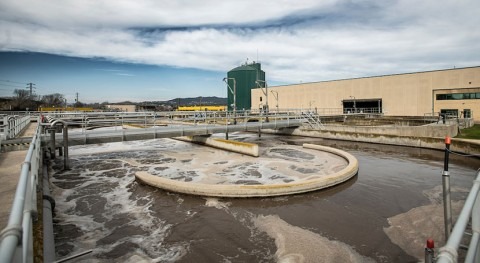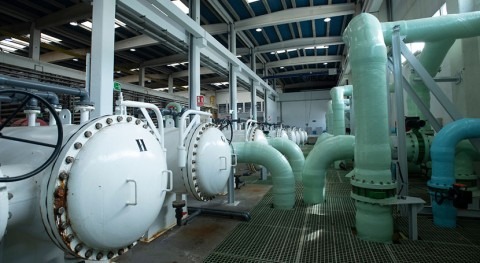In a groundbreaking technological advancement, the Korea Institute of Science and Technology (KIST) has successfully developed artificial intelligence (AI) technology that promises to transform the way we address emerging contaminants in wastewater. This achievement, spearheaded by experts Hong Seok-won and Son Moon, represents a critical response to the growing challenge of pharmaceutical pollution in water systems.
The significance of this development lies in its ability to predict and classify emerging contaminants, such as medicinal compounds and caffeine, with precision and efficiency. It achieves this through the use of self-organizing maps and random forest algorithms in machine learning, streamlining the analysis of previously unknown substances and offering a cost-effective solution compared to traditional methods.
Global pharmaceutical consumption has been on the rise, reaching a staggering 4 billion doses in 2020. As more pharmaceuticals are metabolized and enter wastewater treatment plants, the diversity and quantity of trace substances in these systems continue to increase. When these trace substances find their way into rivers and oceans and serve as water sources, they can have adverse effects on the environment and human health, including carcinogenesis and endocrine disruption. Therefore, there is an urgent need for technologies that can quickly and accurately predict the properties and behavior of these trace substances.
The technology classifies emerging trace substances based on their physicochemical properties and predicts their concentrations using clustering and prediction-based artificial intelligence technology
The team of researchers at KIST, led by Hong Seok-won, director of the Water Resources and Cycle Research Center, and Son Moon, senior researcher, has developed a technology that classifies emerging trace substances based on their physicochemical properties and predicts their concentrations using clustering and prediction-based artificial intelligence technology.
To achieve this, they employed self-organizing maps, an AI technique that clusters data into maps based on their similarities, to classify 29 known trace substances, including medicinal compounds and caffeine. These substances were classified based on information such as physicochemical properties, functional groups, and biological reaction mechanisms. Subsequently, random forests, a machine learning technique that classifies data into subsets, were employed to predict the properties and concentration changes of new trace substances. If a new trace substance belongs to a cluster in the self-organizing map, the properties of other substances in that cluster can be used to predict how the properties and concentration of the new trace substance will change.
The result of applying this clustering and prediction AI model (self-organizing map and random forest) to 13 new trace substances was an excellent prediction accuracy of approximately 0.75, far surpassing the prediction accuracy of 0.40 of existing AI techniques using biological information.

Compared to traditional prediction methods based on formulas, KIST's data-driven analysis model has the advantage of only requiring input of the physicochemical properties of trace substances and efficiently identifying how the concentration of new trace substances will change in the sewage treatment process through clustering with substances with similar data. Moreover, this data-driven AI model can be used in the future to predict the concentration of new substances that are of societal concern, such as drugs.
Dr. Seokwon Hong and Dr. Moon Son, co-corresponding authors at KIST, stated, "It can be applied not only to actual wastewater treatment plants but also to most water treatment-related facilities where new trace substances exist, providing quick and accurate data in the policy-making process for related regulations. Since it utilizes machine learning technology, the accuracy of the prediction will improve as relevant data is accumulated."
This data-driven AI model can be used in the future to predict the concentration of new substances that are of societal concern, such as drugs
This achievement not only reflects Korea's commitment to technological innovation in the water sector but also underscores the growing trend of adopting digital solutions to enhance efficiency and effectiveness in water treatment and monitoring. We are witnessing a paradigm shift in water resource management and wastewater treatment, where the combination of expert knowledge and AI tools opens new doors to address complex environmental challenges.
For more information about this technological breakthrough, you can visit the KIST website. This study was supported by the Korea Environment Industry & Technology Institute and the National Research Foundation of Korea, and the results were published in the October issue of the npj Clean Water journal, with an impact factor of 11.4, placing it in the top 1.5% in JCR Water Resources.

